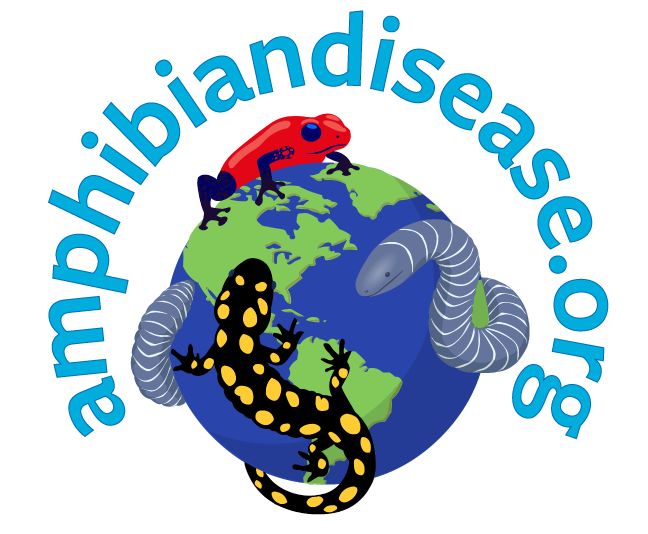Projects
SEASONAL DROUGHT AND ITS EFFECTS ON FROG POPULATION DYNAMICS AND AMPHIBIAN DISEASE IN INTERMITTENT STREAMS
Recommended Citation:
No Citation Available.
Data Last Modified: Thu Oct 21 2021
Project Description
Chytridiomycosis, caused by the pathogenic fungus Batrachochytrium dendrobatidis (Bd), has contributed to amphibian declines globally, but drivers of outbreaks vary locally. Here we explore the role of drought in population and host-disease dynamics of the endangered stream-breeding foothill yellow-legged frog (Rana boylii). In central California (USA) where severity of seasonal drought is increasing, we observed the non-native, Bd-tolerant, and lentic-adapted North American bullfrog (Lithobates catesbeianus) extend into streams when flood disturbance was minimal. Analysis of skin swabs revealed that prevalence and load of Bd infection among bullfrogs was low. Yet, among the native frogs, prevalence and load intensified as the seasonal drought progressed and surface flow became intermittent. When temperatures decreased in autumn and frogs concentrated at a reduced number of water points, we found dozens of dead foothill yellow-legged frogs (2018–2019). Necropsies suggested chytridiomycosis as the likely cause of death. Despite recent lethal outbreaks, foothill yellow-legged frog population abundance appeared resilient based on comparison to prior decades when no die-offs were observed. Wet-dry mapping of the stream channel and retrospective analysis of hydrologic records revealed that the native frogs spawn away from perennial pools, a behavior that may allow them to avoid bullfrogs and predatory fish. In an ecological tradeoff, tadpoles face the risk of the stream drying before metamorphosis. Fluctuations in population size thus corresponded to extremes of inter-annual variation in streamflow that limit recruitment rather than disease outbreaks. We conclude that hydrologic constraints, which climate change may exacerbate, appear to override the stressors of non-indigenous species and chytridiomycosis.
Information
Project PI: Sarah Kupferberg
Project Contact: Sarah Kupferberg
Dataset DOI: None Available
Publication DOI: 10.1002/eco.2395
Project Data - Public
Events: 251 || Samples Collected: 679
Click on each bar for more details. For larger datasets, chart scrolling is enabled.
